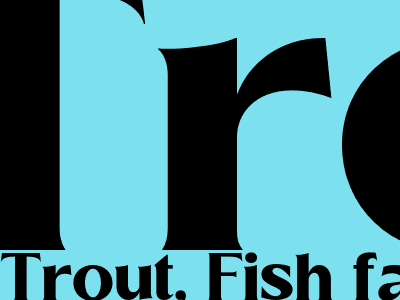
Trout farming in Veliky Novgorod to expand significantly
Aquaculture project to produce 3,000 metric tons of trout annually
Veliky Novgorod, Novgorod Oblast - A major trout farming project is set to launch in Veliky Novgorod, with the aim of producing 3,000 metric tons of trout annually. The project, which is expected to cost around 1 billion rubles ($14 million), will be located in the village of Gostinopolye, in the Novgorod district.
The project is being developed by the Russian company Rybprominvest, which has experience in fish farming and processing. The company plans to build a hatchery, a grow-out facility, and a processing plant. The hatchery will produce trout fingerlings, which will then be transferred to the grow-out facility. The grow-out facility will consist of a series of raceways, where the trout will be raised to market size. The processing plant will be used to process the trout into fillets, steaks, and other products.
Economic benefits
The project is expected to create around 100 new jobs in the Veliky Novgorod region. It is also expected to boost the local economy by generating revenue from the sale of trout and trout products. The project is part of a larger effort by the Russian government to develop the country's aquaculture industry. The government has set a goal of increasing aquaculture production to 500,000 metric tons by 2025.
Trout farming is a growing industry worldwide, as consumers increasingly demand for healthy and sustainable seafood options. Trout is a cold-water fish that is relatively easy to farm, making it a good choice for aquaculture. Trout is also a nutritious fish that is high in protein and omega-3 fatty acids.
Environmental concerns
There are some environmental concerns associated with trout farming, such as the potential for pollution from fish waste and the use of antibiotics. However, these concerns can be mitigated through proper management practices. The Rybprominvest project will use a closed-loop system, which will recycle water and minimize waste discharge.
The project is expected to have a positive impact on the environment by reducing pressure on wild trout populations. Trout farming can also help to reduce the risk of disease in wild trout populations by providing a source of healthy, disease-free fish.
Conclusion
The trout farming project in Veliky Novgorod is a significant investment in the development of the Russian aquaculture industry. The project is expected to create jobs, boost the local economy, and provide a sustainable source of healthy seafood. The project is also expected to have a positive impact on the environment by reducing pressure on wild trout populations and reducing the risk of disease.